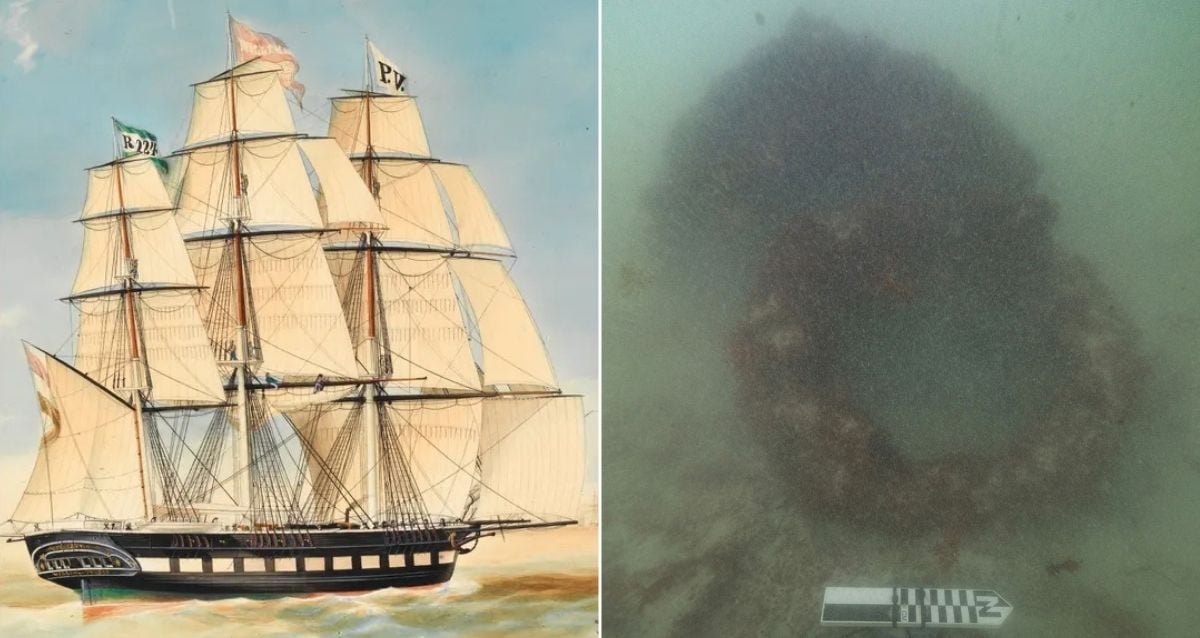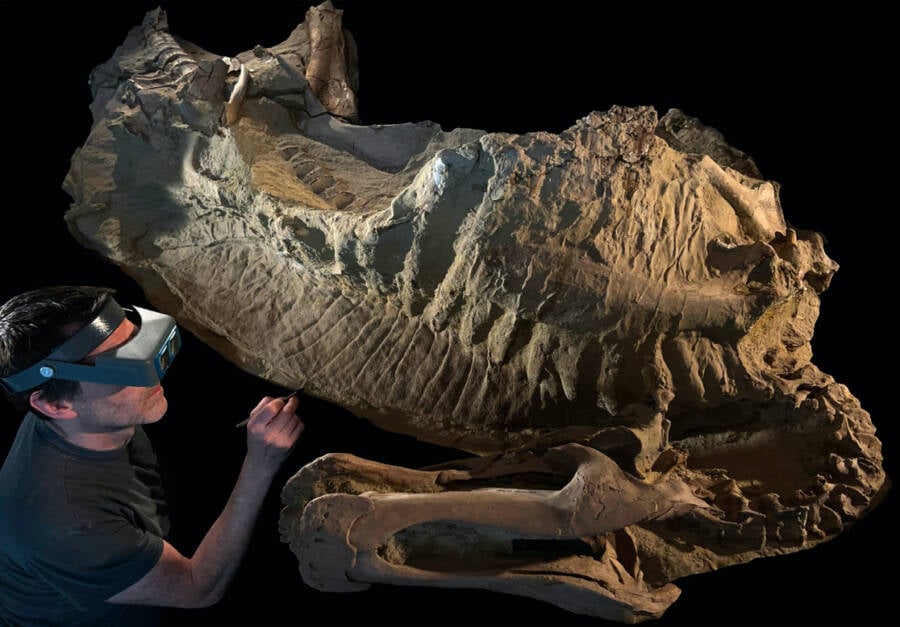Hidden Secrets Unearthed: 19th-Century Dutch Shipwreck Discovered Off Australian Shores
“The team is confident the shipwreck is that of Koning Willem de Tweede based on its location,” the museum press release reads, “which corresponds to historic accounts of the vessel’s loss, and is the only known historic shipwreck event to have occurred on that stretch of Long Beach.”
“All these things… make us pretty confident we’ve got it, but it would be great if we found a bell with the name on it,” Hunter said.
The wreck site, located around 1,300 feet offshore, is now a protected area. Divers are permitted to visit, though they have been advised not to disturb the vessel. Future expeditions aim to monitor the ship’s condition and potentially recover more artifacts from the wreckage.
“We may get down there and find more of the wreck uncovered,” Hunter added, “or alternatively, we could see a whole bunch of sand again because it’s buried itself.”
After reading about the discovery of this Dutch shipwreck, learn about nine other famous shipwrecks throughout history. Or, read about the infamous mutiny on the HMS Wager.



















